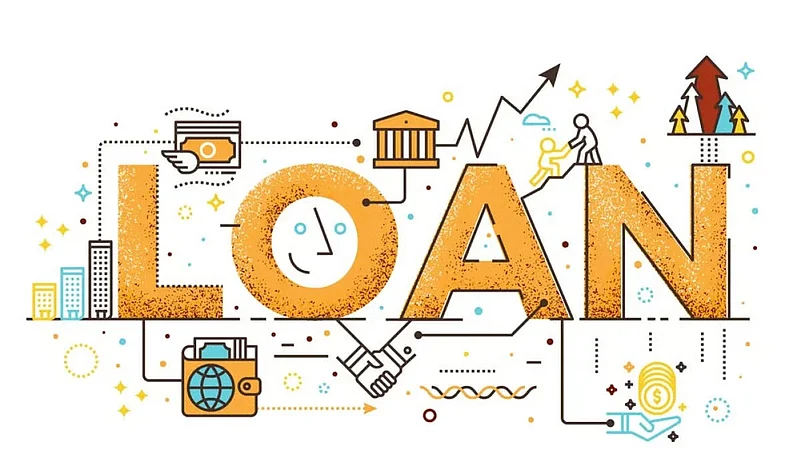Borrowers typically take several safety measures when acquiring loans,, be it a home loan, car loan, personal loan, or any other type of loan. They, however, normally show negligence while attempting to pre-close or close their loans. The relief from paying off the last equated monthly instalment (EMI) often makes them forget about following a few important procedural guidelines which, if neglected, could create problems for them in the future.
“The timely repayment of significant loans like home loans and property loans along with car loans represents a major financial success for most people. However, at the time of closing the loan, the borrower should be very careful and ensure that all the necessary steps and processes are completed properly, including collecting all required documents from the lending institution, to updates in credit bureaus reports,” says Raoul Kapoor, co-CEO, Andromeda Sales and Distribution.
So, here are five important steps which borrowers need to follow when closing or pre-closing a loan.
Verify Pre-Closure Charges
Banks and non-banking financial companies (NBFCs) normally apply foreclosure fees to their customers who choose to settle their loans before the scheduled term ends. There is no penalty on home loans during pre-payment, but personal loans and car loans charge a prepayment penalty of 2-5 per cent from the outstanding balance at the time of pre-closure. As such, before closing the loan, verify the foreclosure charges which apply to your situation.
Removal of Lien
The next important step is to ensure the removal of lien or hypothecation from your asset, which is typically applicable in the case of secured loans. For this purpose, you must submit the no dues certificate (NDC) to the relevant authorities—such as the RTO for vehicle loans or the sub-registrar’s office for property—to update ownership records and officially remove the lender’s charge.
Obtaining No Objection Certificate
Once you pay the last outstanding payment, you need to collect the loan closure statement / No Objection Certificate (NOC) certificate along with any original documents you may have submitted with the bank during the loan approval process. The NOC certificate summarises the home loan details, for instance, the home loan agreement details, EMI details, principal outstanding, overdue interest, total receivables, etc.
“Since the loan has been closed, it should state that all the dues are paid by the borrower. In case of a secured loan like a home loan or a car loan, it should also state that the lender does not have any rights or claims on the collateral. Make sure this paper is duly signed and has the lender's stamp,” says Adhil Shetty, CEO, Bankbazaar.com.
Take Your Original Documents Back
In case of a secured loan, you would have to provide collateral to the lender as security. At the time of taking the loan, the bank would have shared a list of documents submitted. For instance, in case of a home loan, this includes the sale deed of the house and other documents. In the case of a gold loan, this would be the gold itself. In case of a car loan, there may be no paperwork, but your RC book will indicate that the car is hypothecated to the lender.
“Make sure that you receive all those documents and collateral back. Preferably collect your documents in person instead of having them sent to you, and check them at the lender’s place itself that nothing is amiss. Before you sign the acknowledgement stating that you received the documents back, make sure to check that all the pages of all the documents are intact and not lost or misplaced. If you have lost any of the submitted documents in part or full, do not accept the rest of the documents or sign an acknowledgement. Once you do this, the lost documents are no longer the bank’s responsibility,” says Shetty.
Get Your Credit Score Updated
The bank maintains the responsibility for entering your loan repayment information into the Cibil database. Banks frequently delay the process of updating credit records. So, borrowers face an outstanding balance in their credit reports even after settling all payments. This will pose a problem when you apply for a new loan.
“Once the loan is closed, make sure that the same has been updated in your credit report from bureaus like Cibil, Experian, and others. These updates usually take a few weeks. If not, you should approach both the lender and the credit bureau and ensure your loan status is correctly marked as Closed,” says Kapoor.










